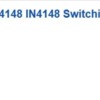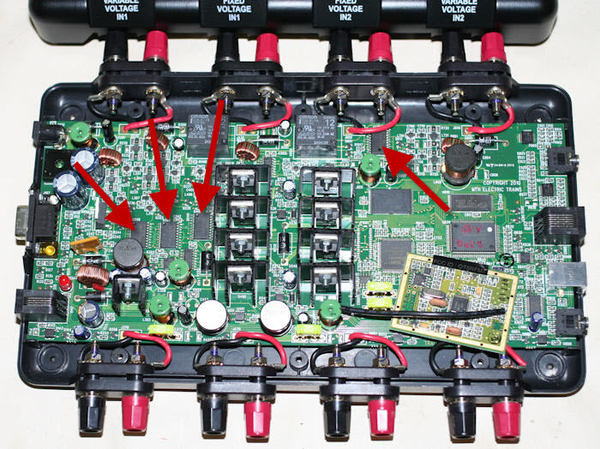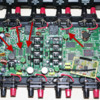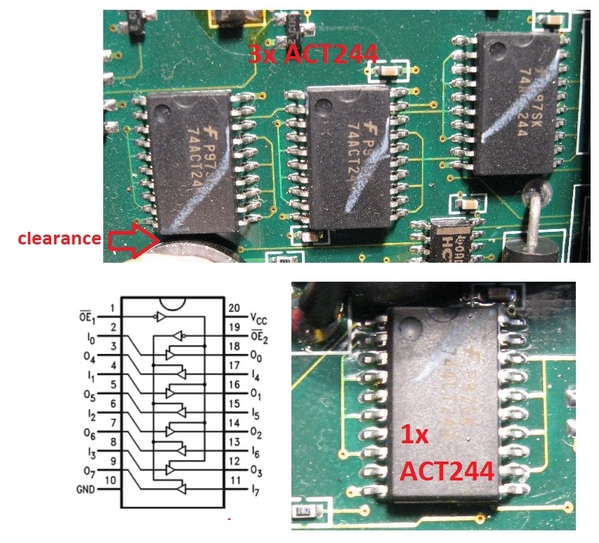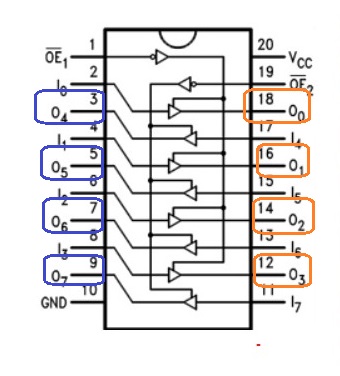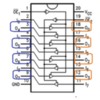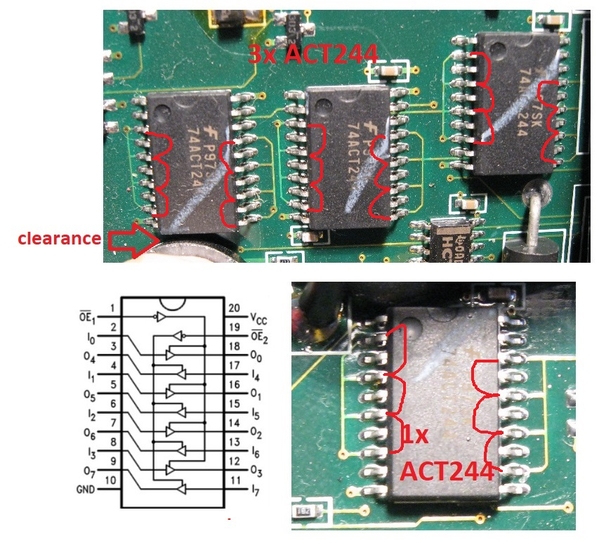I have repaired my fair share of TIU over the past few years. I do communicate with MTH Senior Tech who does the majority of repairs at MTH. So here are some points.
TIUs repairs are a small fraction of the repair work compared to engine repairs and upgrades.
After a TIU repair they don't come back for re-repair. I did have one comeback, which I attribute to a faulty component or too much heat when reinstalling (VAR Channel FET)
I have not seen many Rev L with the modified TVS added, though I will pay more attention to this.
Pre Rev L, the Transmit failure was possible, but more likely the Receiver chip took a hit, especially if all channels effected.
A hard hit on one channel transmit chip can cause sufficient of a load on the 5V regulator, that negatively effects all other channels since their input voltage has dropped too low. This is why it is very nice to know what channel was being used when the failure occurred. Otherwise I start removing transmit chips until I find the culprit.
Post Rev L, the receiver chip rarely takes a hit anymore.
You can have a loss of DCS capability, but the TIU transmits fine, but it is receiving the return signal at issue. This can effect half the channels or all of them. Again this is rare.
The only components I have seen damaged are the main power TVS, VAR FET (usually just one of the 4), ACT Transmitter, Receiver Chip, Memory (Rare and usually the very early units), a damaged Aux power jack, fuses and melted terminal housings, and the power inductors over heated and melting changing inductance.
I have only had 2 TIU that I can remember that I could not fix. Early Rev G with a burned up main trace and memory damage, and Later REV L. MTH would acknowledge that occasionally some other unknown component may be damaged that kills a TIU making it not worthy of repair, but this is very, very rare.
My point, For REV L with added TVS for transmit protection, I think Adrien or GRJ device would be acceptable if test shows it holds up better. I don't think it is protecting any other components. Remember this is an add on mod designed to better protect ACT244.
I think the normal home owner and small club environments probably do not see anything like this; though I am sure there are occasional failures.
For those that have failures but keep using the TIU it might make sense your loosing other channels because you have not addressed the faulty component which is still on the buss being powered by the 5V source despite no input power to that channel.
I have repaired ACT244 on Rev L with TVS mod and the DCS came right back, I never tested if the TVS was shorted. I will add this to my procedure, but it is an additional factor, that not all TVS short prior to an ACT244 going bad. G





